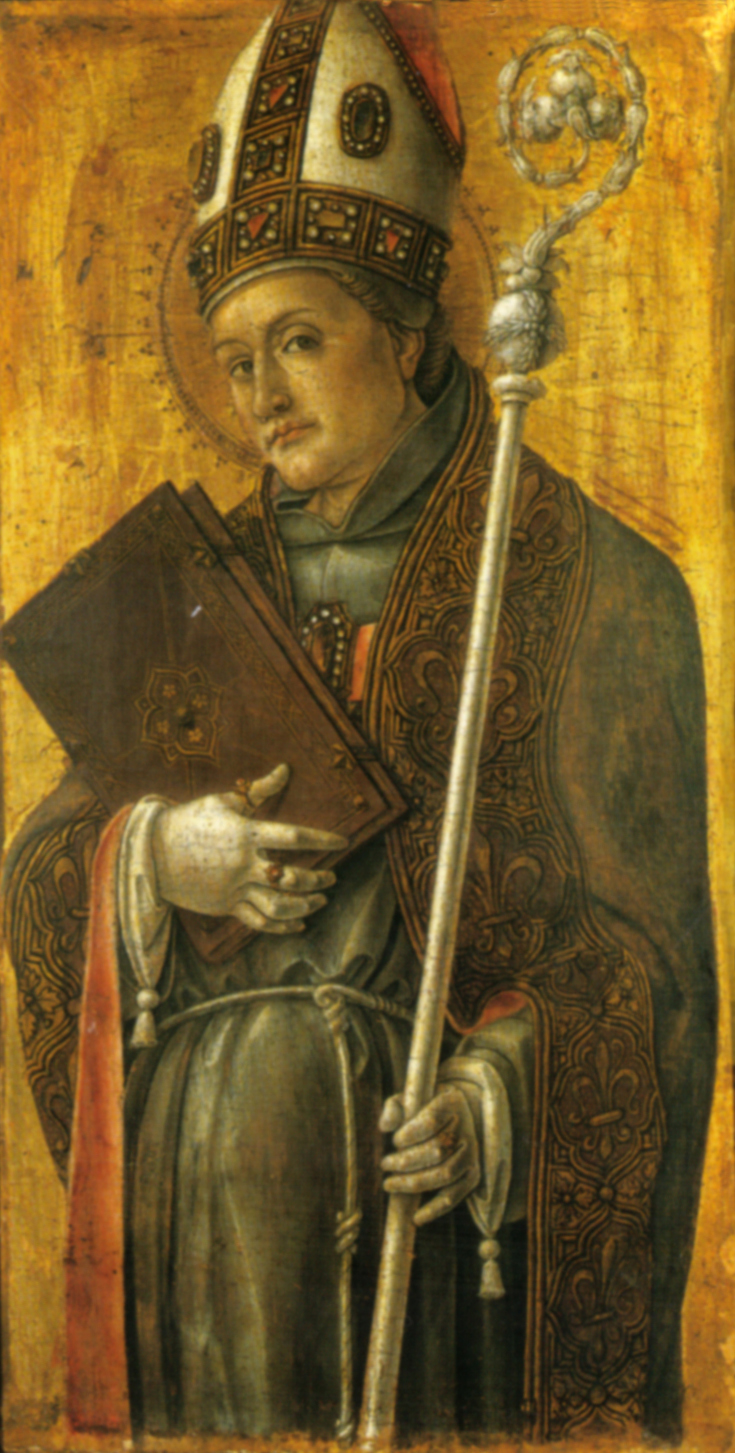 Art historians have been moonlighting as rheumatologists, diagnosing inflammatory arthritis in their subjects from the 15th century.
Art historians have been moonlighting as rheumatologists, diagnosing inflammatory arthritis in their subjects from the 15th century.
In an appraisal of a painting of Saint Louis of Toulouse by the Renaissance artist Bartolomeo Vivarini, Dr George Weisz and Professor William Albury of the University of New England, NSW, have highlighted the artist’s unusual depiction of arthritic hand deformities.
The painting, which dates from around 1465, portrays a young man in his 20s with obvious signs of inflammatory arthritis.
It was part of an altarpiece series, showing Saint Louis wearing bishop’s regalia over a simple friar’s robe. But unusually for an artist of the ‘Venetian school’, Bartolomeo’s painting shows accurate anatomical details including deformities in the fingers of both hands underneath thin gloves.
“The right little finger resembles clinodactyly and a number of the other fingers have proximal phalangeal joints swollen and flexed,” the historians note.
“The left hand shows camptodactyly in the last four fingers. There is no appearance of erythema, which might be covered under the gloves.”
But they say it is not clear whether the arthritic hands are depictions of the real person’s pathology or imagined by the artist.
The paper, published in Rheumatology International, also highlights the depiction of osteoarthritis in a portrait of Saint Mark by the same artist.
This painting is of an older man who has significant osteoarthritis “evident in all joints of his hands, both the metacarpo-phalangeal and the interphalangeal ones. The joint enlargements suggest intraarticular pathology.”
“Once again, these arthritic features may have been present in the model’s hands or they may have been added for artistic reasons by Bartolomeo, who would sometimes exaggerate a figure’s joints and other bony protrusions,” the authors note.
They say it is unlikely that swellings of the finger joints would have been considered elegant in a painting, “so one may speculate whether these arthritic signs were included in the portraits of saints to indicate their endurance of suffering, or whether arthritic hands were so common in the population that they did not appear exceptional.”
But even in the 15th century inflammatory arthritis would not be to be expected to be common among younger people such as Saint Louis, they say.
“Since this saint’s biography is characterised by frequent illnesses, it seems probable that his deformed hands, protruding abdomen and sombre gaze toward the viewer all reinforced his identity as a young man who endured the ravages of disease throughout his brief life,” they conclude.